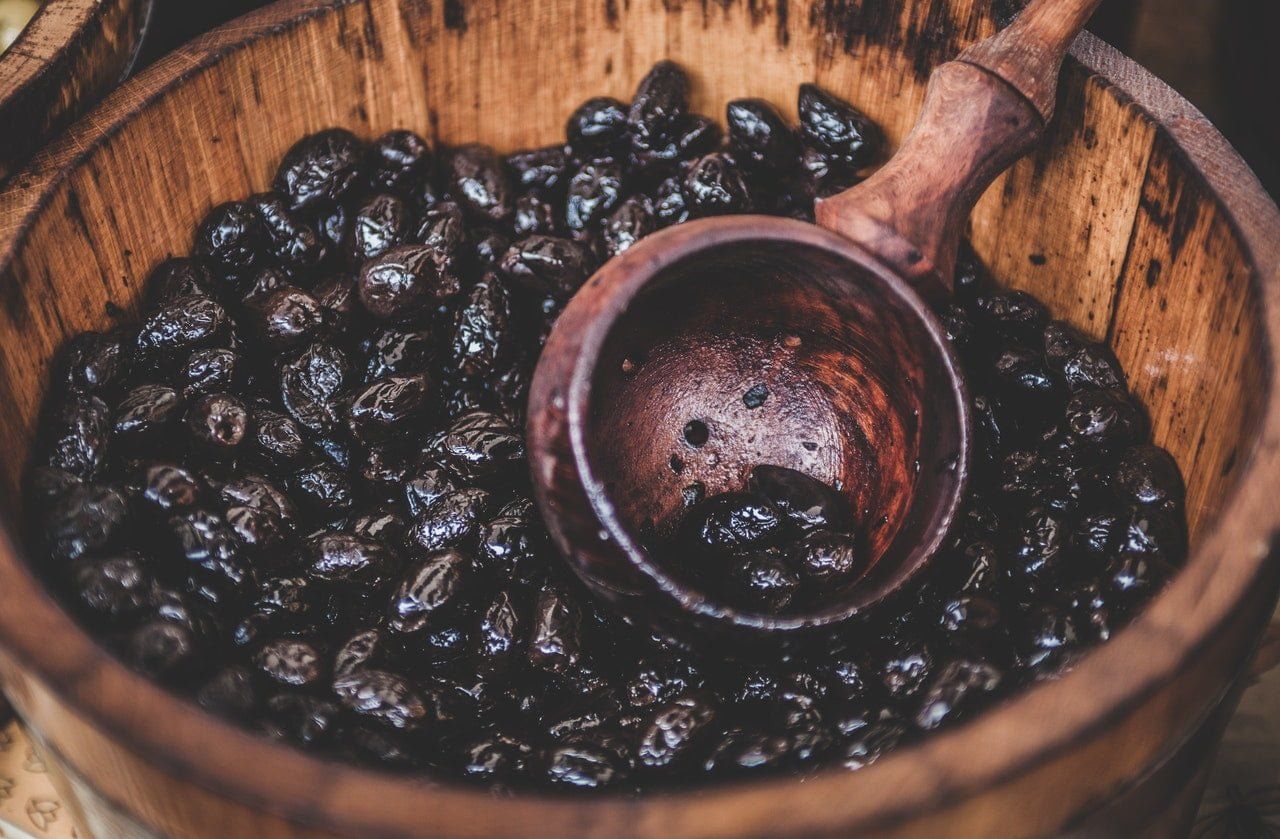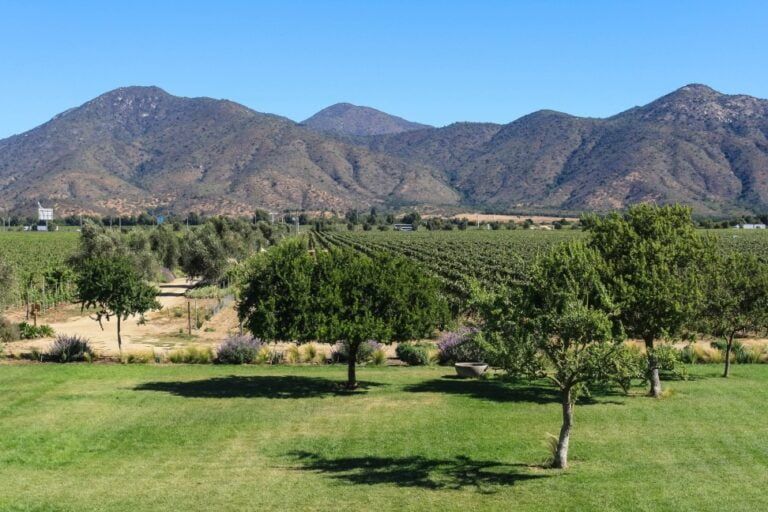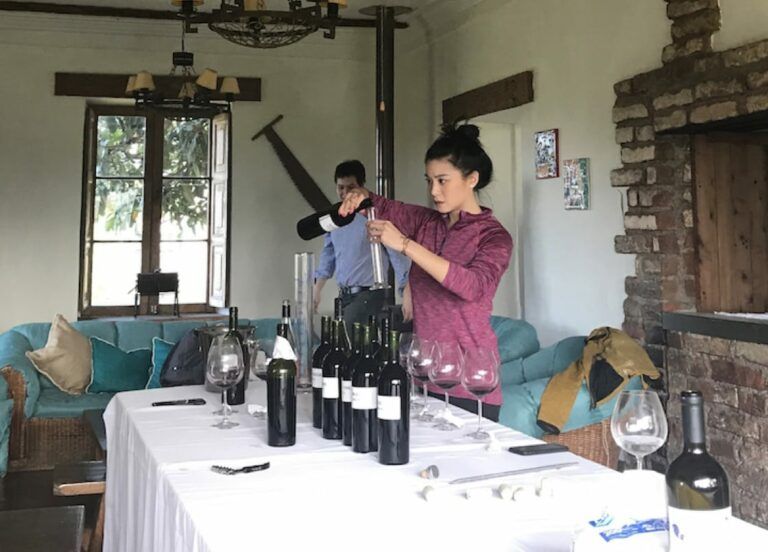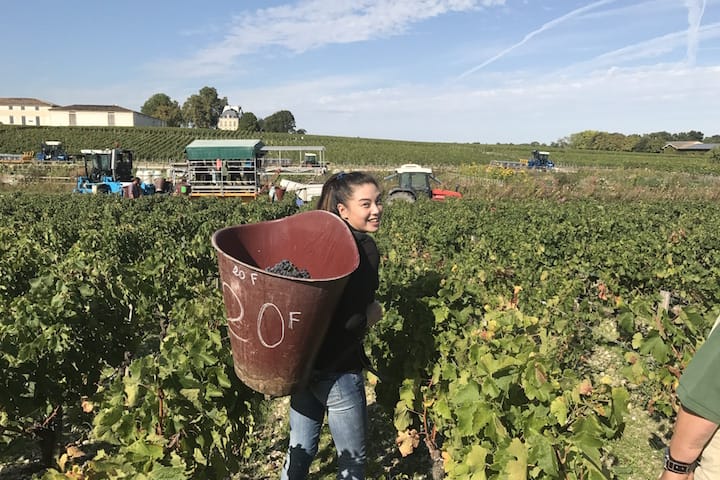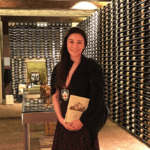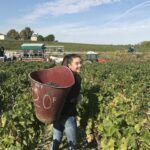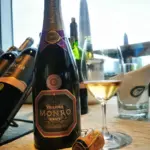By Stefan Lagae | Getting a Better Understanding of Wine
Some people are so serious about wine that the pleasure’s gone. Others say things about wine which aren’t true. Here are the basics on wine simply explained so you can get a better understanding of wine.
1. Making wine
The making of wine is not easy to explain. In France they say there are as many wines as vineyards.
Each winemaker gives his personal touch before, during and after the vinification process.
Each of the below aspects has its influence on the taste and quality of the wine :
- The selection of the land plot
- The climate (and the date of harvest)
- The selection of the grape variety
- The type of fermentation tanks or casks
- The temperature during fermentation
- The duration of fermentation
- The type of casks in which the wine ripens
Nobody can pretend there is only one single way of making wine. This fact contributes to the charm of wine and is also the cause of the enormous diversity in wines. Winemaking demands “savoir-faire” and experience.
A winemaker is not only a craftsman, but also an artist.
The following aspects give an idea of what winemaking involves :
- Planting (or grafting) the grapevine
- Developing the racemes
- Harvesting the grapes
- Destemming* and crushing the grapes in a stainless steel container
- Alcoholic fermentation of the must
- “Maceration” : building of taste and colour*
- Raking
- “Malolactic” fermentation
- Riping
- Bottling
- Tasting
* : mainly for red wine
Must : this is the juice obtained by crushing the grapes
Alcoholic fermentation : the juice becomes wine by the natural influence of yeasts which transforms sugar into alcohol
Maceration : the solids, the “pomace”, like skin, stems and seeds, give their taste and colour to the must
Raking : the “pomace” and the must are separated. The must becomes “vin de goutte”, the “pomace” becomes “vin de presse”
“Malolactic” fermentation : by the working of natural bacteria, the sharp “malic” acids are transformed in flexible and stable lactic acids
Ripening : the wine is filtered and transferred to casks in order to stabilize and come to perfection.
RED WINE
Crushing and destemming
The grapes arriving in the cellar are crushed and destemmed. The fruits free their juice and pulp.
The must obtained that way is put in a tank to go through the process of fermentation.
Alcoholic fermentation
The fermentation tanks are generally oak barrels or stainless steel tanks, sometimes concrete or enamelled steel.
Fermentation is a natural process. Yeasts present in grapes (however the addition of selected yeasts is generalizing) change the sugar contained in the must in alcohol and carbonic gas.
The winemaker assists the action of the yeasts by maintaining the temperature around 25º to 30ºC and ventilating the must regularly. Under 25ºC the wine will not have enough body, above 30ºC, the wine will be to tannic.
The fermentation process goes on for 4 to 10 days.
Maceration
This is the period during which the tannic elements and the colour of the skin diffuse in the fermented juice. The contact between the liquid (must) and the solid elements (skin, pips and sometimes stems) will give body and colour to the wine.
At this stage, complex operations will prove the talent of the winemaker (dissolution, extraction, excretion, diffusion, decoction, infusion).
For “vins primeurs” or “vins nouveaux” (new wines) the maceration is very short, the wines are supple and contain little tannin. Wines destined to be kept long need a lot of tannin, so the maceration can be long. It goes on for several days, maybe several weeks.
Raking
The wine is separated from the solids, the pomace. The wine obtained by raking is called “free run wine” (vin de goutte).
The pomace is pressed in order to extract the juice it still contains. This wine is called “press wine” (vin de presse). It is richer in tannin.
Depending on the winemaker target or the local habit, free run wine and press wine are blended or treated separately.
Malolactic fermentation
It is the process during which the malic acid of wine changes into lactic acid and carbonic gas under the action of bacteria naturally present in the wine. Malic acid is harsh, it is changed into supple and stable lactic acid.
This fermentation is obtained in a tank during a few weeks at a temperature between 18º and 20ºC.
Stabilisation
The vinification is finished but the wine is not. To be able to age and to improve the wine must be clarified again. After that the beverage will be put in oak casks where it will stabilize.
The diversity of red wine is such that it can go with any type of food. But you must absolutely not conclude from this that all red wines are identical.
WHITE WINE
White wine is not really white but in fact yellow. But the expression being universal one says of a yellow wine that it is white.
Vinification of white wine is more delicate than vinification of red wine.
Two methods exist to make white wine :
- The first one is to use white grape (which is in fact green, greenish yellow, golden yellow or pinkish yellow!). That way the white wine is the result of the fermentation of the juice of white grapes juice only.
- The second method is more complex. One uses the juice of a red grape variety cleared of its skin and pips, with which it may absolutely not get in contact as they contain the colouring substances. It is possible to get white wine this way but it is seldom done.
Time is counted :
Immediately after their arrival in the cellar, the grapes are crushed but not destemmed. The juice (free run must) is sent to settle in containers. The rest of the grapes is pressed as quickly as possible. Air is the enemy of white wine. At its contact the wine oxidizes or becomes coloured. The must from pressing is added to the free run must.
Preparation of the must :
After six to twelve hours the particles and impurity of the grape separate from the must and float on the surface. They are removed by raking the must. The must is ready to be clarified. The clarified juice is poured in a tank, ready to ferment.
Alcoholic fermentation :
White wine results of the fermentation of must only.
No solids (stems, skin, pips, …) intervene.
The control of the temperature is essential. It has to be maintained around 18ºC. The winemaker regularly cools the must to allow the yeast to work correctly.
The fermentation goes on for two to three weeks. The winemaker daily checks the evolution of the process.
When fermentation is over, the wine is put in casks and raked, just like a red wine then it is bottled.
Winemakers often choose oak casks which give the wine the tannin it needs, but it will not be sufficient. Tannin is the essential element for aging. It is why white wine does not keep as long as red wine.
On the other hand white wines present a larger variety of tastes : very dry, dry, semi-dry, mellow, syrupy, petillant, sparkling, madeirized, …
White wine can be drunk on any occasion : before, with or after a meal, and even between meals.
White wines are often considered as aperitif wines, sometimes as dessert wines. Many people like to drink white wine in hot weather. Its refreshing qualities are indeed very well known. White wine is served fresh but not chilled.
WHY WINE DOES NOT TURN INTO VINEGAR ?
Sulfur dioxide, in spite of its barbaric name, is an element indispensable for the quality of the wine.
It is composed of sulfur and oxygen. Fermentation naturally produces a small amount of it.
Winemakers add more to the wine. Sulfur dioxide is to wine what aspirin is to human beings: the miraculous remedy which cures all sort of diseases and avoids others.
Sulfur dioxide is a bactericide which prevents wine from changing into vinegar. It inhibits the action of yeasts : it is why sweet wines do not go on fermenting after bottling.
On top of that it is an anti-oxidizer. It allows wine to keep all its freshness and avoids its alteration by its enemy : the oxygen.
2. Storing and serving wine and food-wine guidelines
The most important thing is to store wine in a lying position so the cork is always wet. This prevents the cork from drying up and the bottle from getting air which would mean the oxidation of the wine. This however is only crucial if we store wines for longer periods of time.
Another important aspect is the temperature at which we store wine. This temperature should be around 12-14ºC. The access of light into the cellar should be limited and best avoided completely.
The ripening of wine in home cellars is a hobby for real wine lovers. Just imagine the magic of the moment we serve of bottle of fully mature, carefully stored wine awaited for years.
The best way to find the optimal moment for drinking the wine is buying wine in cases (of 6 or 12 bottles) and opening one bottle from time to time. Young wine is simply much cheaper than aged and completely mature wine. It can also be a very good business to buy a few cases of a certain promising wine and later, when the wine is fully mature, sell part of the stock. The selling price will cover for the remaining bottles.
Having your own wine cellar gives another fantastic advantage… We will always know what to do when we have unexpected guests and having a certain range of wines we will always find something appropriate to go with the food.
The most important issue when serving wine is its temperature. We here need to consider the fact that the definition “room temperature” originates from times when this temperature did not exceed 18ºC.
So let us first draw attention to the temperature at which wine is served :
Champaign should be served at a temperature of 6-8ºC,
White wine – at a temperature of 8-12ºC,
Young red wine – at a temperature of 13-14ºC,
Light red wine – at a temperature of 14-16ºC,
Precious and aged wine – at a temperature of 18ºC.
The next essential matter is the sequence in which wines are served. There are a few principles here :
Wines should be served from whites through rose to reds,
Dry wine is always served before sweet and liqueur wine,
Young wine before aged wine,
Light wine before strong wine.
Now the food and wine issue. The combination of wine and dishes is in reality a certain feeling for senses. If we are convinced that there is good food on the table and the wine is also good, then nothing bad should happen. The most important thing is to follow your instinct, choose good wine and good food.
Times when the principle reigned that white wine is served with fish and red with meat seem also to be over. It is worth observing that today’s Californian or Australian Chardonnay is stronger and fuller than delicate Pinot Noir and sometimes even Cabernet, which refutes somehow the theory of wine selection by its colour alone.
One of the simpler principles of the selection of wine with food is looking at its heaviness and strength. This means that the wine and dish should have similar strength – to delicate meals light wine, to heavy ones strong wine.
As far as a spectrum of dishes is rather difficult to straighten up, we can be tempted to present wines in the conventional sequence from the lightest to the heaviest.
Although for sure wines can be found which do not follow the given sequence, this is theoretically how wines are ordered from the lightest ones to the heaviest.
White wines listed from the lightest to the heaviest :
Soave,
Riesling,
Muscadet,
Champagne and sparkling wines,
Chenin Blanc,
Chablis or unoaked Chardonnay,
Sauvignon Blanc,
White Bordeaux,
White Burgundy,
Pinot Gris,
Gewurztraminer,
Mature or cask-fermented Chardonnay (especially Californian and Australian)
Red wines listed from the lightest to the heaviest :
Valpolicella,
Beaujolais,
Pinot Noir,
Rioja,
Bourgogne,
Barbera,
Chianti,
Barolo,
Merlot,
Bordeaux,
Zinfandel,
Cabernet Sauvignon,
Rhone or Syrah (Shiraz)


